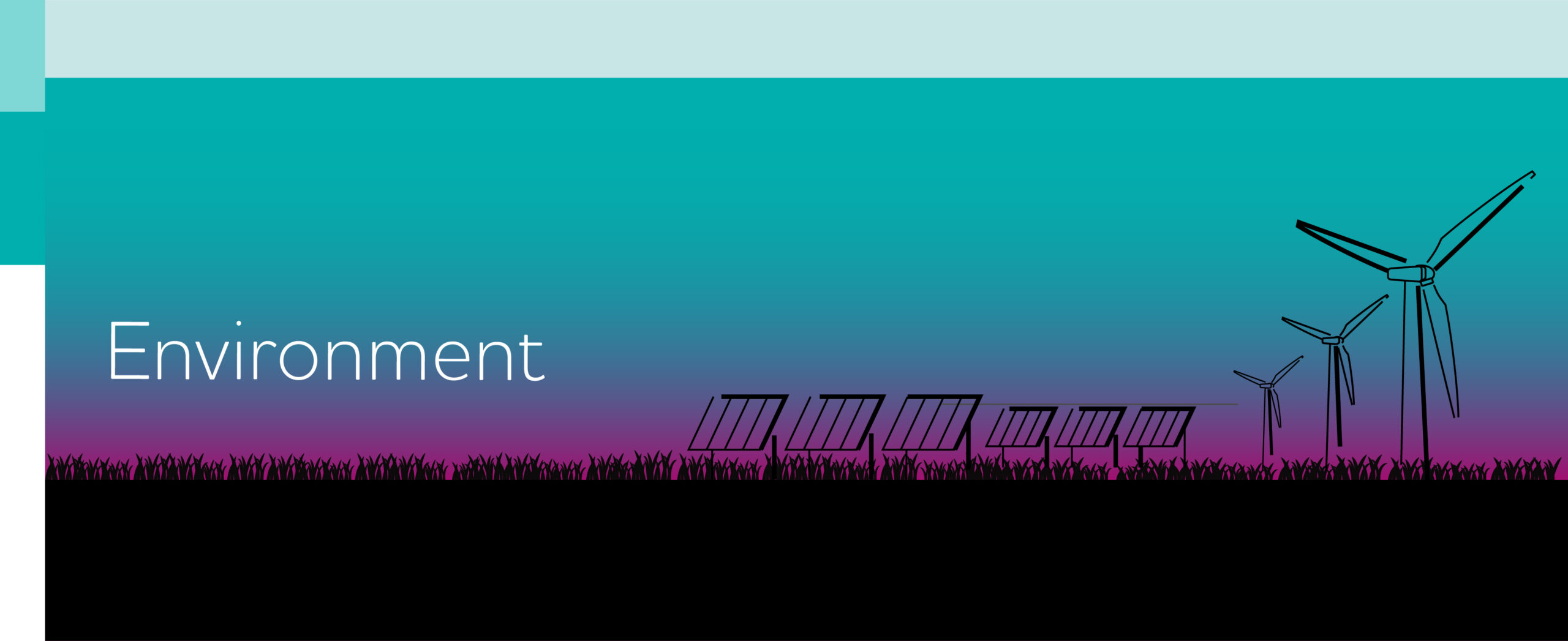OUR COMMITMENTS


We cannot consider the protection of the communities in which we work without acknowledging the fact that many of them are and will be disproportionately affected by climate change. We have tremendous power to affect change and we’re committed to growing our business sustainably, and supporting our people, supply chains, and the communities in which we work to join us.
Palladium’s path towards net zero began simply. Rather than wait for the perfect solution, we started where we could as soon as we could.
First, our teams came up with a simple way of calculating our total carbon emissions for 2019, with the ultimate goal of finding a way to offset those emissions. While many organisations and governments purchase carbon offsets or credits via third party vendors, we challenged ourselves to come up with a more ambitious, innovative, and impactful solution, and designed our own carbon offsetting project.
Working with local NGO Acaté Amazon Conservation, our project is regenerating 40 hectares of land in the Peruvian Amazon while training the local indigenous community in sustainable agroforestry practices, improving their livelihoods, and providing them with income-generating opportunities to preserve their culture.
Since then, our means of measuring our carbon emissions have become more sophisticated. We’ve worked with external partners and updated our measurement processes to be as accurate and ambitious as possible, including all activities within both our financial and operational control.
Of course, measurement is a means to an end, and for us, that end is Net Zero by 2050, with accelerated emissions reduction targets approved by the Science Based Targets initiative along the way. These include cutting direct emission to power both our buildings and fleet in half and cut emissions from corporate business travel per employee in half by 2030. We’ve also committed that 67% of our suppliers by spend covering all relevant upstream and downstream Scope 3 categories will have their own science based targets by 2026.
The reality is that the climate crisis will not be solved by offsetting and carbon credits alone. Tackling climate change requires a massive shift across every sector, from public to private and beyond, in the ways in which we do business and go about our daily lives.
In 2023, we launched our official Emissions Reduction Guidelines to outline how exactly our employees, offices, and projects should reduce their greenhouse gas emissions and overall environmental impact. With operations in over 90 countries, the options for reducing emissions vary from office to office but the guidelines are implemented wherever possible.
We’re constantly iterating to meet the changing face of the climate crisis and we encourage our teams to find innovative ways to reduce their emissions that push the boundaries and raise the bar no matter their location.
Just as we’re working better to understand the impact we have across our supply chain, we’re embedding nature-positive operations into our business until they come as naturally as the work we do for our clients.
Looking ahead, we’re committed to our business being nature positive by 2050.
